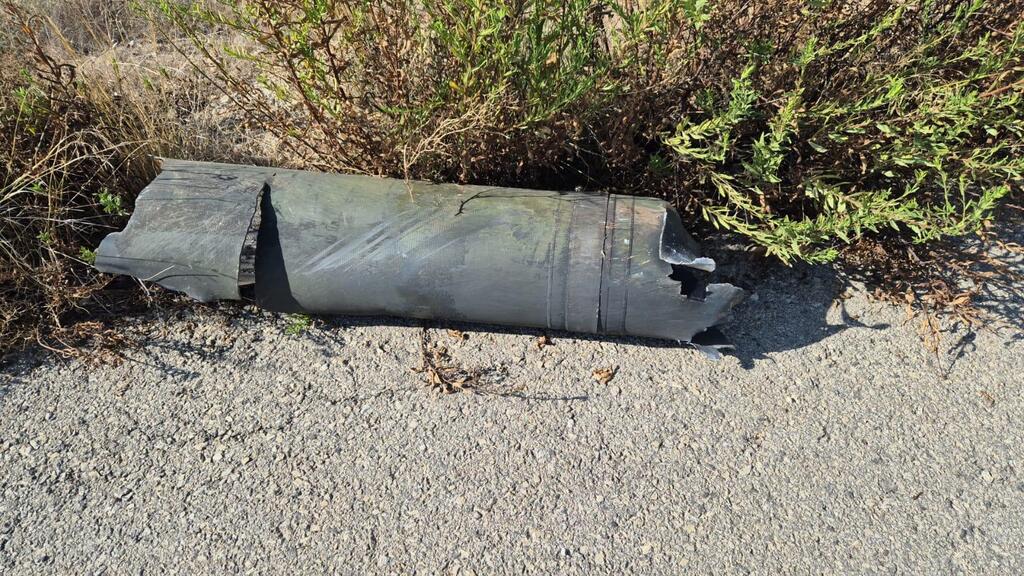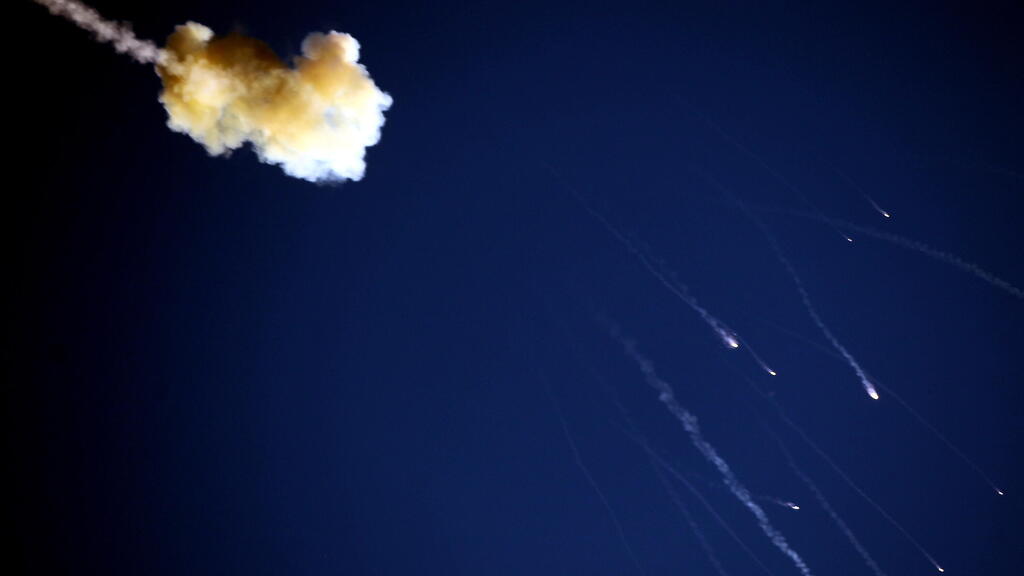Getting your Trinity Audio player ready...
According to Israel’s Home Front Command guidelines, when you hear a rocket siren, you should immediately move to a safe area, a nearby building or the stairwell of your building and remain there for at least 10 minutes.
If none of these options is nearby, lie flat on the ground and shield your head with your hands for a similar duration. The reason for this specific timing is that it can take a while for shrapnel of intercepted rockets or missiles to reach the ground.
Home Front Command explains 10-minute wait rule after rocket sirens to avoid debris risks
Prof. Iair Arcavi, a faculty member at the Raymond and Beverly Sackler School of Physics and Astronomy at Tel Aviv University, explains that after Israel’s air defense systems intercept an incoming threat, the resulting fragments initially fall to the ground in freefall.
However, within seconds or minutes, air resistance begins to play a significant role. “The fragments encounter drag, which acts as a counterforce to gravity, increasing with speed. This reduces the acceleration of their fall compared to true freefall until they reach a constant terminal velocity,” says Prof. Arcavi. He adds that various factors, like air currents or winds, can further slow down the fragments’ descent.
Interestingly, larger fragments can sometimes take longer to fall than smaller ones. While many assume that heavier fragments fall faster, the opposite is often true due to increased air resistance. Prof. Arcavi cites Galileo Galilei’s principle: all objects, regardless of size or weight, fall at the same acceleration due to gravity. The primary difference is air resistance, which slows larger objects more significantly.
In an example beyond Earth, Prof. Arcavi explains that, on the Moon, where there’s no air resistance, a hammer and feather would fall at the same rate—just as astronauts demonstrated on Apollo 15. But here on Earth, larger objects experience more air drag, which can sometimes cause them to fall more slowly than smaller ones. This was the case on King George Street in Tel Aviv, where a large interception fragment took several minutes to reach the ground after the rocket was intercepted.
Prof. Arcavi notes that this phenomenon aligns with a principle known as “Stokes’ Law,” named after English physicist George Stokes, who described it in 1851. The law concerns the motion of objects through viscous media, though it was originally applied to spheres rather than the irregular shapes of rocket fragments. Because it’s challenging to precisely calculate how long fragments will take to fall—due to their varied sizes, spread, and air currents—the Home Front Command’s guideline to stay in place for 10 minutes acts as a safety buffer.
Rocket fragment falls in Tel Aviv
After an interception, fragments may initially fly upward, lengthening the descent time further. The location of a fragment's fall also depends on interception altitude and air currents. Israel’s air defense systems include not only the Iron Dome but also Arrow and David's Sling, which can intercept threats at the highest layers of the atmosphere. The higher the interception, the broader the spread of the resulting fragments, as upper-atmosphere winds carry them across greater distances.
Prof. Arcavi notes that both the altitude of the interception and wind speeds can affect how far the fragments travel, posing potential risks to people over a wider area. Additionally, the angle and speed of the interceptor’s impact with the target missile play a major role in determining fragment velocity and direction.
"Higher speed at the moment of impact can propel fragments farther,” says Prof. Arcavi. “It’s like throwing a ball: the faster you throw it, the farther it will travel." Thus, the fragments’ trajectory after impact depends on the interceptor's speed and angle of contact, which creates the explosive spread.
This is why the Home Front Command’s 10-minute precaution aims to keep people safely sheltered during this unpredictable phase.
Get the Ynetnews app on your smartphone:






